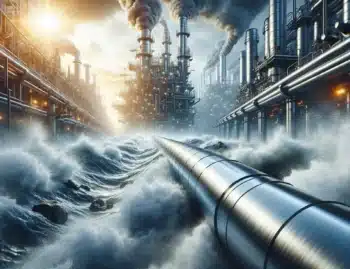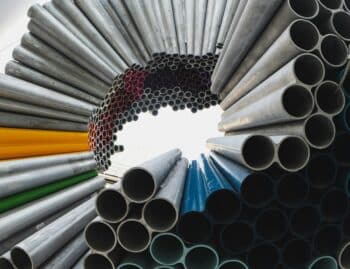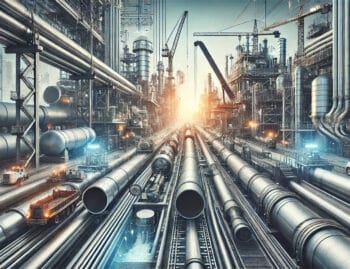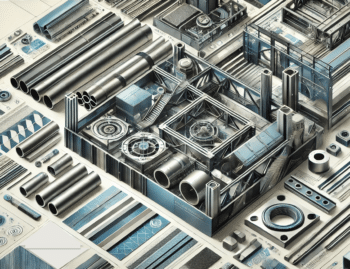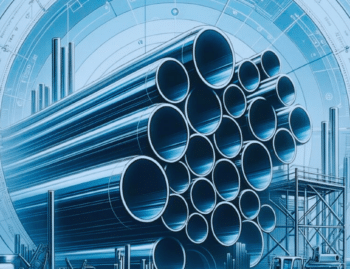
API 5L pipes are an essential component in the oil and gas industry, known for their durability and compliance with international standards. In this guide, we’ll explore what makes API 5L pipes stand out, their key standards, and how they’re applied in various industries.
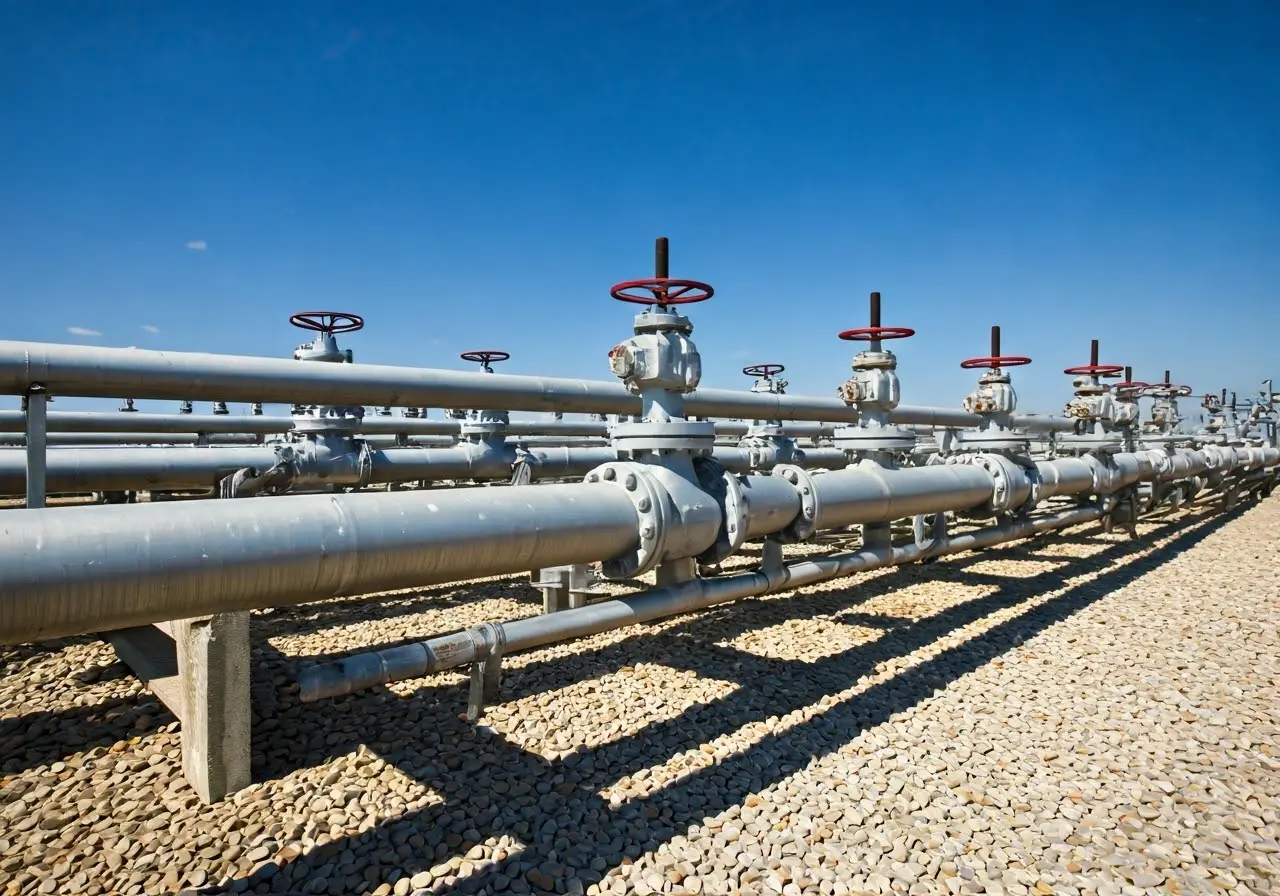
Understanding API 5L Pipe Standards
API 5L specifies the standards for pipe suitable for use in conveying gas, water, and oil in both the oil and natural gas industries. These standards ensure reliability and safety during operation, making them critical for industry compliance. The latest edition of these standards reflects technical updates that promote safety and efficiency. According to the American Petroleum Institute, these updates aim to bring consistent practices within the industry, reinforcing the role of API 5L pipes in supporting safe and efficient operations.
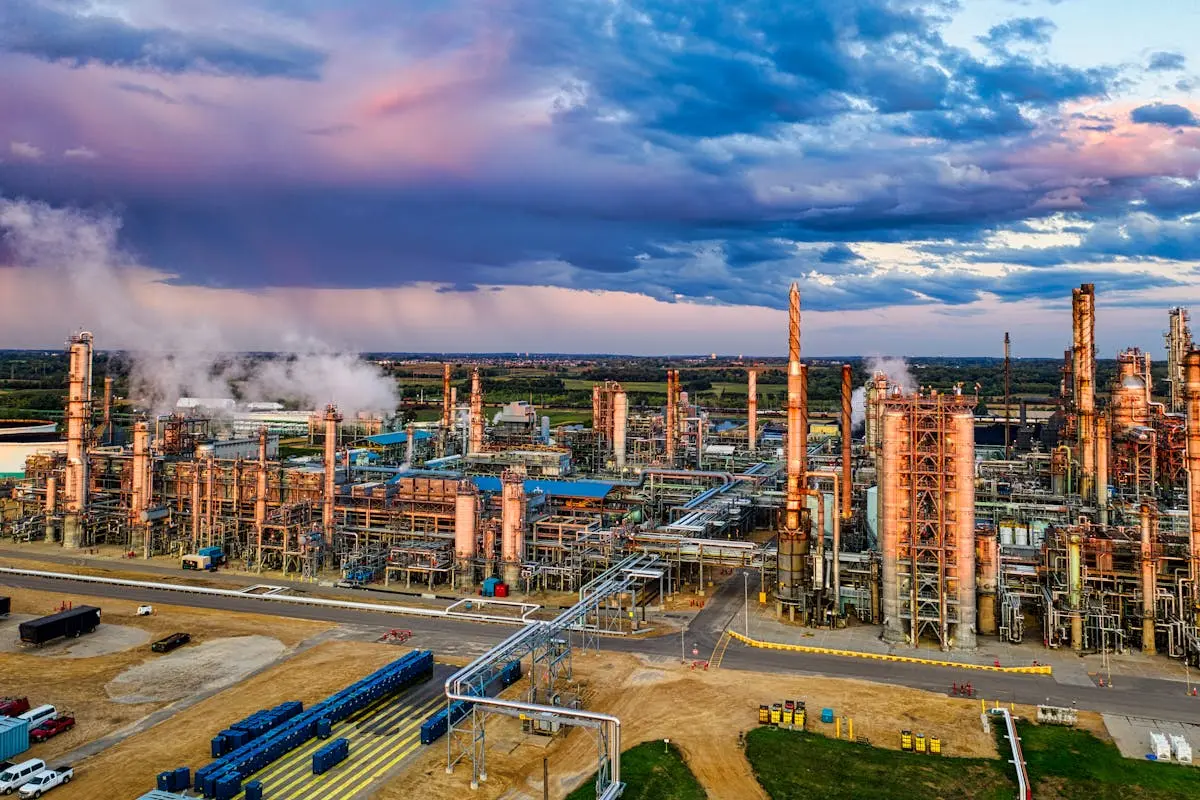
One of the primary features of API 5L standards is the differentiation between seamless and welded pipes. Seamless pipes, made from solid billets, provide high-strength solutions free of welds. In contrast, welded pipes, such as ERW pipes, are crafted by welding steel coils into a cylindrical shape. This distinction is crucial for industries to select the right type of piping based on specific project demands. Notably, the Federal Steel Supply emphasizes seamless pipes for their uniform strength and absence of seams, advantageous for high-pressure applications.
Types of API 5L Pipes
API 5L pipes are categorized mainly into two product specifications: PSL1 and PSL2. Each type offers different performance standards, with PSL2 categorically having stricter chemical, mechanical, and testing requirements than PSL1. PSL2 pipes must meet stringent specifications and undergo rigorous testing, which includes impact tests and non-destructive evaluation methods like ultrasonic testing. This level of scrutiny ensures that PSL2 pipes are fit for more demanding environments, providing greater assurance of safety and longevity in their applications.
Both PSL1 and PSL2 pipes come with their specific strengths. While PSL1 pipes serve general purposes and meet the standard requirements for line pipes, PSL2 pipes are preferred for applications where reliability is paramount. The oil and gas industry, as highlighted in Federal Steel’s insights, frequently opts for PSL2 due to its enhanced properties, enabling operations in harsh and extreme conditions.
Grade Differences and Their Implications
Grades within API 5L pipes, such as Grade A, Grade B, and beyond, are indicators of the pipe’s composition and mechanical properties. Higher grades often reflect increased strength, making them suitable for more demanding applications. For instance, Grade X70 offers high tensile strength, which is essential for projects with high pressure and stress demands. Understanding these grades allows project managers to tailor their pipeline solutions to specific project needs, ensuring both efficiency and safety across operations.
Choosing the correct grade is not just about strength but also involves understanding the chemical composition and testing requirements associated with each grade. Higher-grade pipes must meet rigorous testing protocols, including the Charpy V-Notch test, ensuring that they withstand impacts without fracturing. This makes these grades indispensable for critical operations in sectors like petrochemicals and power generation.
Applications Across Industries
API 5L pipes are widely used in industries such as oil and gas, water supply, structural applications, and more. Their standardized quality makes them highly versatile and suitable for various transport and structural support needs. In the oil and gas sector, these pipes are fundamental in transporting crude oil and natural gas across vast distances, ensuring a seamless and safe flow of these vital resources. The construction industry relies on them for the strength and stability needed in infrastructure projects.
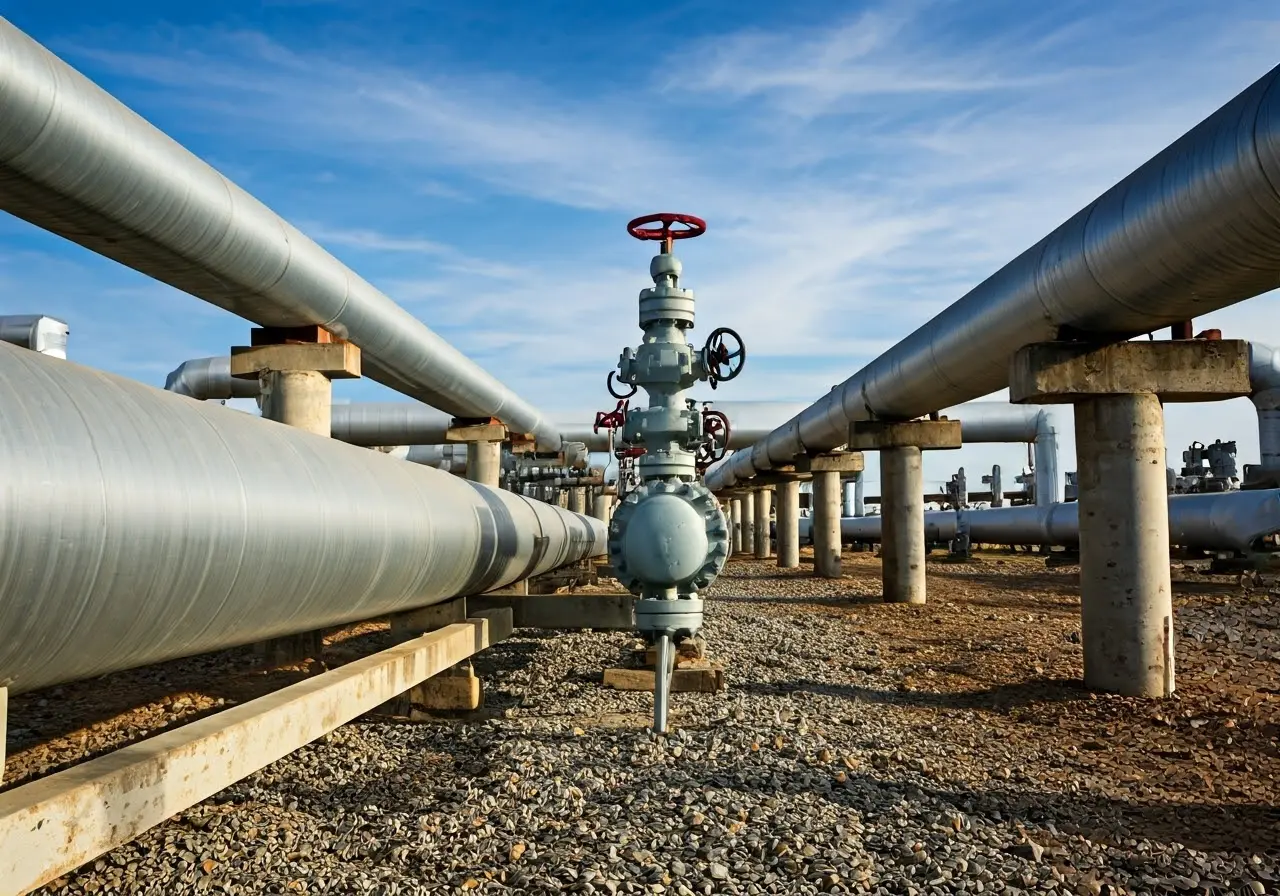
Moreover, the power generation industry uses API 5L pipes to facilitate the movement of steam, water, and other essential fluids within power plants. These pipes play a critical role in maintaining operational efficiency and minimizing downtime. By selecting API 5L pipes, industries can achieve a valuable balance between cost, performance, and durability, making them a preferred choice among procurement managers and engineers globally.
Choosing the Right API 5L Pipe for Your Project
Selecting the ideal API 5L pipe involves understanding your project requirements, including pressure, environment, and chemical exposure. This ensures that the chosen piping solution meets both operational and safety needs. For instance, environments with high sulfur content may require pipes with specific coatings to prevent corrosion. Tailoring your selection to match such criteria ensures the longevity and efficiency of the pipeline installation.
Additionally, considering factors like pipe length, diameter, and the specific grade is crucial for ensuring that the pipeline suits the project’s unique requirements. As highlighted in the oil & gas section of Federal Steel Supply, taking these factors into account can help prevent costly failures and reduce maintenance needs.
Wrapping Up on API 5L Pipe Standards and Uses
API 5L pipes are a cornerstone in industries requiring reliable and standard-compliant piping solutions. Understanding their standards and applications helps ensure that projects not only meet regulatory requirements but also operate efficiently and safely. For more insights on API 5L pipes, visit the Carbon Pipe and Tube API 5L Product page.




